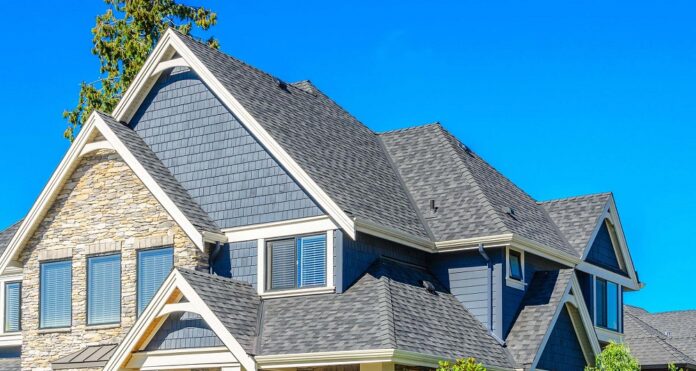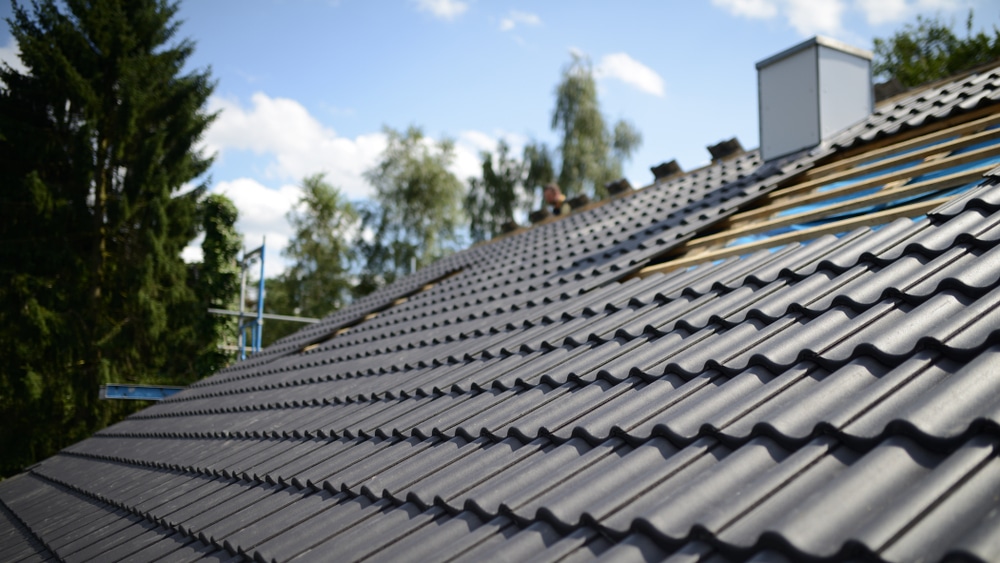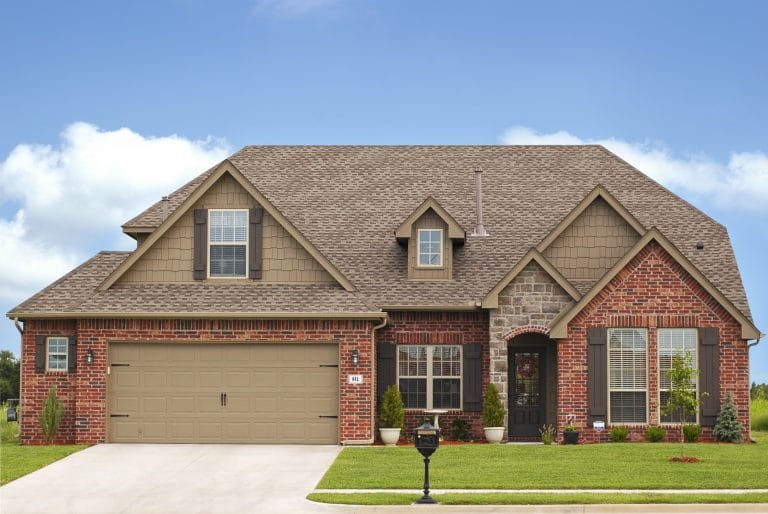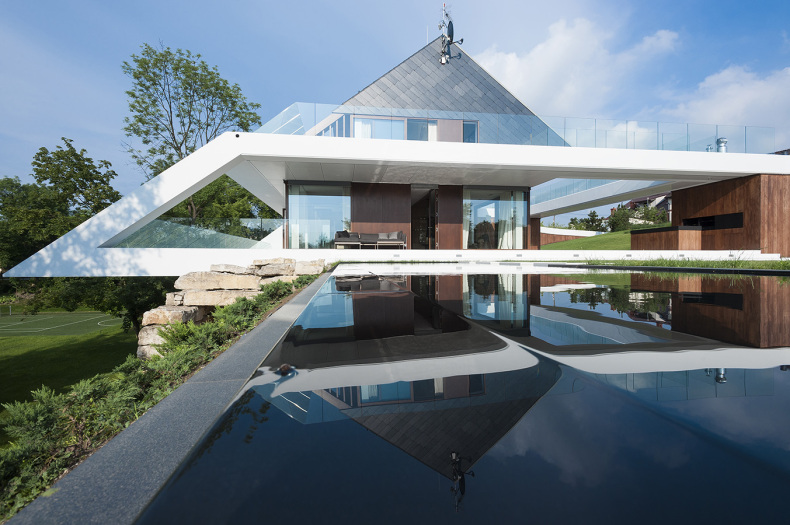There’s not necessarily anyone who wants to realize they need a new roof. Replacing your roof is a big, expensive project. There are situations where it has to be done, though. Your roof is what protects your family and everything in your home.
Roof maintenance can help extend its lifespan, but it gets overlooked.
Some of the common causes of roof damage include:
- Aging—roofs can get weak and brittle over time. If you’ve done repairs in the past, this can even cause your roof to wear down more.
- Installation issues- if the contractors who originally installed your roof took shortcuts or didn’t do a good job, that can cause damage and can shorten its lifespan. For example, maybe they roofed over old shingles or didn’t use underlayment.
- Walking on the roof—any time you walk on your roof, it can wear the shingles down and cause them to rip.
- Weather—the weather is out of your control, and it’s one of the biggest things that damages roofs and causes wear and tear that may eventually mean you need to replace the whole thing.
- The sun—UV rays dry out shingles over time, shortening their lifespan.
The signs of roof damage don’t automatically mean you need to install a completely new one. You should, however, be looking out for the following signs, which can indicate damage and, in some cases, do mean you need a replacement.
Your Roof Is Old
If you know how old your roof is or at least have a ballpark, it’ll be a guide as to whether or not you might need to replace it.
The life expectancy of a roof depends largely on the material it’s made from.
For example, a roof made up of asphalt shingles usually needs to be replaced every 20 to 50 years. For metal, a roof might last for 40-80 years.
Wood shingles and shakes can last for around 25 to 30 years on average.
If you have an older home, you might consider contacting a roofing company to get their opinion on how much life your roof has left in it.
You See Exterior Damage
Even if your roof isn’t that old, that doesn’t mean you’re out of the woods as far as potentially needing a new one.
You should do a visual inspection once a year to see if you spot signs of any damage that could be worrying.
For example, exterior damage on a roof with wood or asphalt shingles might look like shingles that are warped, curling, or buckling.
If you have a metal, clay, concrete, slate, or rubber roof, signs of damage include areas that look cracked or thin, or missing pieces.
You should focus primarily on the areas of your roof more prone to damage when you do a visual inspection.
For example, the slopes of the roof that get direct sunlight are an area to pay special attention to.
The valleys of your roof are where the slopes meet, and this can be another area where you might see the damage. If the valleys do seem to be damaged, you’re potentially at risk of experiencing a roof leak.
There’s Damage to Your Chimney Flashing
Flashing is a material used on roofs to water-seal your chimney or other areas where water could otherwise penetrate.
Chimney flashing is often made of steel or aluminum and typically has a lifespan of around 30 years. If this rusts or cracks, though, water can seep into your chimney and then your home.
You See the Light
Go to your attic to look for damage to your roof or red flags that indicate it may need to be replaced.
In your attic, you shouldn’t be able to see daylight coming through the boards. If you do, it’s potentially problematic. Also, in the roof, look for signs of moisture.
Water stains on your roof boards or insulation with moisture might show you have a leaky roof.
Finally, if you see signs of moss or algae growth around your shingles, it could again be a good indicator that you need a new roof.
There are also certain one-time events that lead you to need a new roof.
Storm damage is one of the top reasons for roof replacements. No matter what condition a roof is in prior to a serious storm, it might end up needing to be replaced.
High winds can rip shingles off and cause them to crack, opening up a roof to UV damage and leaks.




















